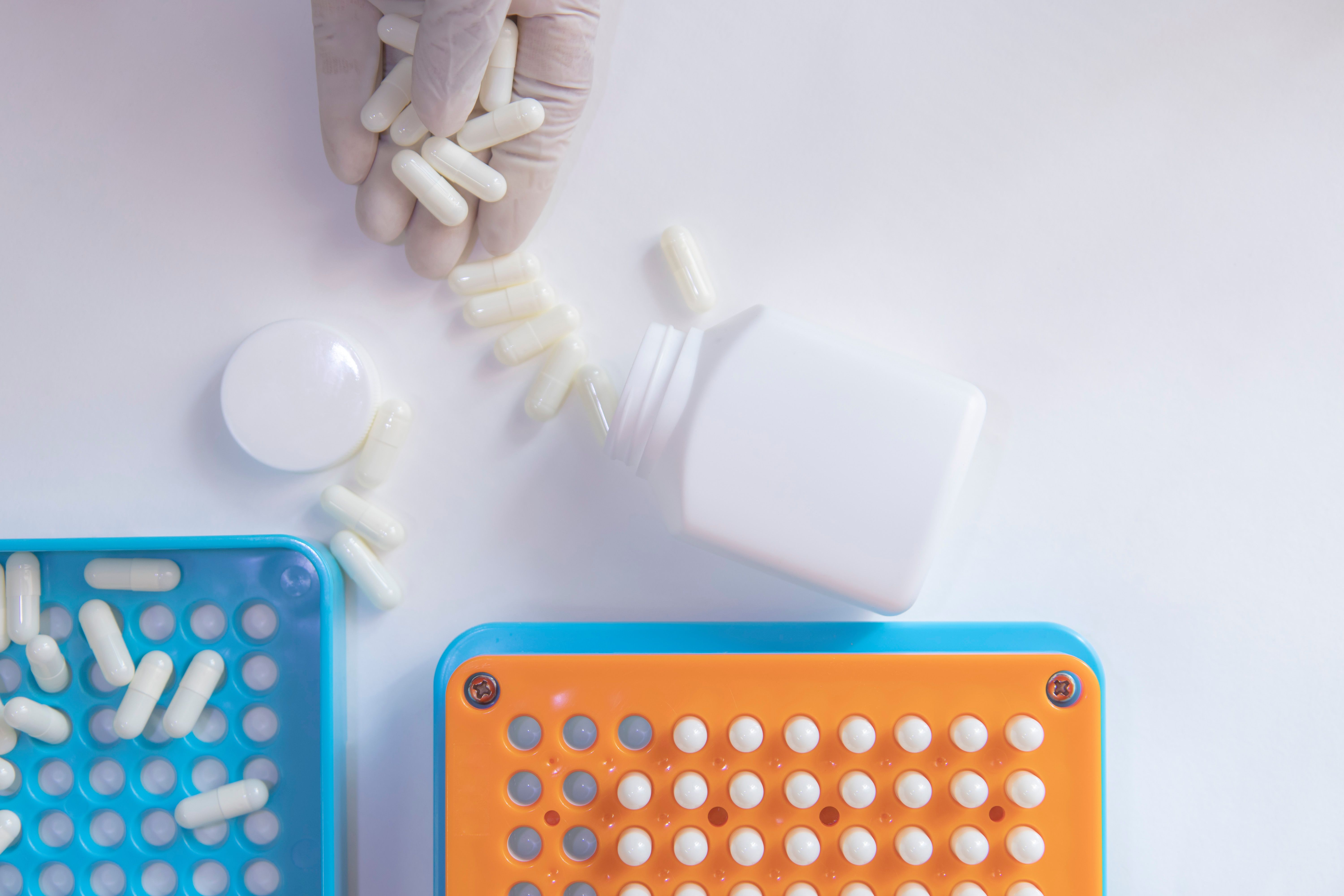Article
Hospital Uses Established Tools to Reduce Diabetes Medication Errors
Author(s):
Around 11% of patients who use insulin have adverse drug reactions.
Around 11% of patients who use insulin have adverse drug reactions.
Approximately 30% of diabetes patients use insulin.
The litany of look-alike and sound-alike drugs positions insulin as the most likely medication to be involved in an error. For example, many insulin products start with the same trade name modified but one add-on letter, and healthcare professionals may simplify names like Novolin N and Novolin R to “Novolin.” Insulin names also look and sound similar.
In addition, around 11% of patients who use insulin have adverse drug reactions, with hypoglycemia among the most serious. Other antidiabetic drugs are also associated with high error rates and adverse drug reactions (ADRs).
An article published in the August 2015 issue of Clinical Interventions in Aging outlines a large hospital’s successful quality improvement interventions over 5 years to reduce medication errors in their large population of diabetic patients.
The researchers tracked errors via on-site inspections, record analysis, and retrospective no-fault reporting, augmented with data about hypoglycemic events from a dedicated electronic database.
The QI team emphasized avoiding the abbreviations for “unit,” and worked to standardize storage, prescribing, dispensing, administration, and monitoring. These steps reflected the need to eliminate the most common type of insulin-related error: medication preparation errors.
Other common errors included dose omissions, incorrect timing of doses and wrong patient.
The use of color coding to differentiate between look-alike medications reduced medication administration errors by 70% annually. Improvements in the pharmacy order verification interface aided pharmacist-driven prospective drug-drug interaction avoidance. Education of healthcare workers was a key component in driving down hypoglycemia rates in the inpatient setting.
The authors showed that gradual implementation of their diabetes-focused quality improvement program reduced known adverse effects. However the ADR reporting system collected only 17 events, a low rate the researchers found suspect and attributed to under-reporting.
Further the hospital did not pursue a pharmacoeconomic analysis of the net cost-savings (if any) gained from the program. Future study could be augmented by tracking adverse events more closely and considering the costs of such a program.






